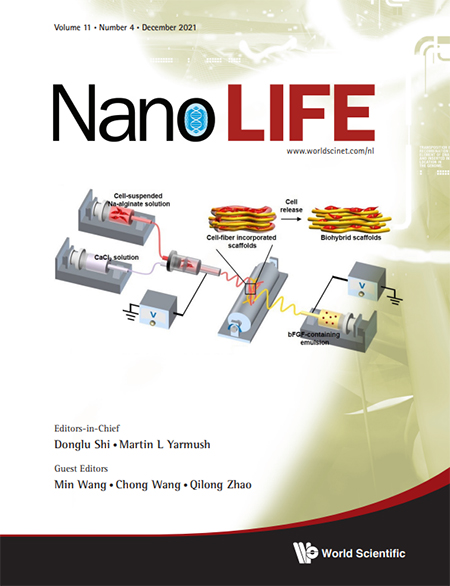4D Printing of Self-Folding Hydrogel Tubes for Potential Tissue Engineering Applications
Abstract
In recent years, 4D printing has gained increasing attention in the tissue engineering field since this advanced manufacturing platform can create stimulus-responsive structures, which can change their shapes, functions, and/or properties when appropriate external stimulus/stimuli is/are applied. A number of hydrogels with swellable/shrinkable abilities have been explored for 4D printing to fabricate different shape-morphing structures for tissue engineering. Among them, gelatin methacryloyl (GelMA) has been 4D printed, which can self-fold into microtubular structures. Currently, the self-folding ability of 4D printed GelMA hydrogels is mainly based on the different cross-linking degrees (which control and govern the swelling degrees) across the thickness of hydrogels. However, this strategy alone can only form self-folding GelMA tubes with diameters at the micrometer level and cannot create self-folding GelMA tubes with diameters at the millimeter level, which is mainly due to the insufficient internal force generated in 4D printed GelMA hydrogels when they are exposed to water. To overcome this limitation, this study has investigated a new strategy to fabricate self-folding GelMA tubes with large diameters at the millimeter level for tissue engineering applications. The new strategy introduced a cross-linking degree gradient across the GelMA plane in addition to its thickness by printing a second layer of strips on the first 4D printed GelMA film. In the aqueous environment, under the current fabrication condition, such bilayer GelMA hydrogels could self-fold into tubes of larger diameters up to 6mm. The in vitro release behavior of heparin incorporated into the 4D printed GelMA was also studied. It was shown that heparin release could be controlled by the GelMA concentration and heparin content in 4D printed GelMA. The 4D printed GelMA hydrogels with the improved self-folding ability and controlled release of a drug are promising for targeted tissue engineering applications.


